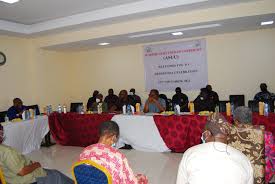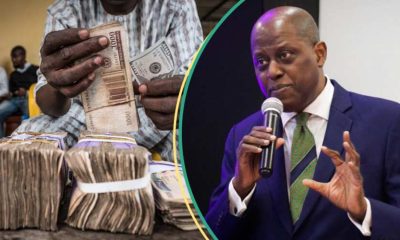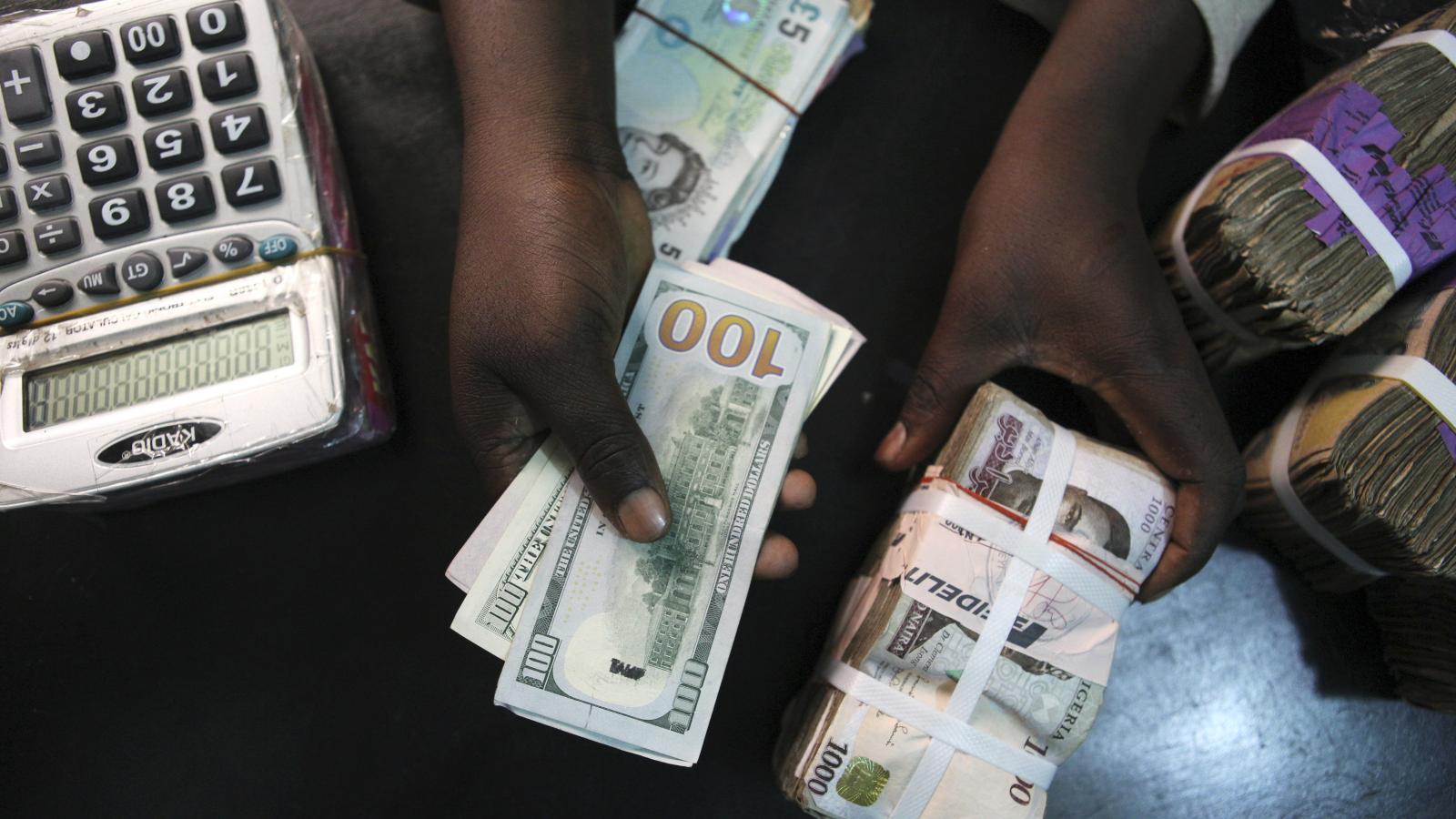The Nigerian Naira has experienced its sharpest decline since April, despite a weakening U.S. dollar index.
The dollar index, which measures the value of the U.S. dollar against a basket of other currencies, hovered just above the 104-point support line as traders awaited the U.S. Federal Reserve’s interest rate decision.
For the fifth consecutive day, the Naira continued to depreciate, trading at N1,644/$1, as the Central Bank of Nigeria (CBN) struggled to stabilize the foreign exchange market.
This decline occurred even as the dollar index moderated significantly, with market participants closely watching U.S. inflation data and the Federal Reserve’s anticipated rate decision.
The Naira’s depreciation has been largely driven by increased demand from importers, payments for foreign school fees, and summer vacations by Nigeria’s upper class.
READ ALSO: Naira hits new low against major currencies
Despite efforts to support the currency, Naira bulls have been unable to maintain the N1,600/$1 level, raising concerns that a further drop could push the currency towards its February 2024 lows.
The Naira also hit record lows in the Nigerian Autonomous Foreign Exchange Market (NAFEX), where FMDQ data showed the currency dipped by N9.72 against the U.S. dollar, trading at N1,621.12/$1 on Tuesday, down from N1,611.40/$1 the previous day.
The CBN, through its acting director of Corporate Communications, Hakama Sidi Ali, has reiterated its commitment to stabilizing the foreign exchange market. However, the rapid volatility of the Naira has had significant repercussions for businesses.
Karl Toriola, CEO of MTN Nigeria, highlighted that the revaluation of foreign currency-denominated commitments led to substantial net forex losses of N887.7 billion in the first half of 2024, up from N454.7 billion in the same period in 2023, due to the Naira’s devaluation.
Currency traders are also closely watching the U.S. Federal Reserve’s upcoming decision. Following its two-day meeting, the Federal Reserve is expected to provide insights into the U.S. economy’s direction, with many anticipating a potential interest rate cut in September.
The Federal Open Market Committee (FOMC) may signal planned rate cuts but might stop short of announcing one immediately.
READ ALSO: Naira slumps further against major currencies
Recent data from the U.S. Commerce Department revealed that the core Personal Consumption Expenditures (PCE) price index, the Fed’s preferred inflation gauge, remained at 2.6% year-on-year in June.
This modest rise of 0.2% from May’s 0.1% increase has led analysts, including Moody’s Analytics and Fitch Ratings, to project two 25-basis point interest rate cuts later this year.
In response to global economic conditions, the Bank of England is also expected to announce a 25-basis point rate cut on August 1, despite current rates being at their highest since 2008.
Meanwhile, the Bank of Japan may consider raising its key rate, which currently sits between 0% and 0.1%, as global markets brace for more volatility.

 Business7 days ago
Business7 days ago
 Crime1 week ago
Crime1 week ago
 Business1 week ago
Business1 week ago
 Latest3 days ago
Latest3 days ago
 Latest4 days ago
Latest4 days ago
 Politics1 week ago
Politics1 week ago
 Education1 week ago
Education1 week ago
 Business4 days ago
Business4 days ago

